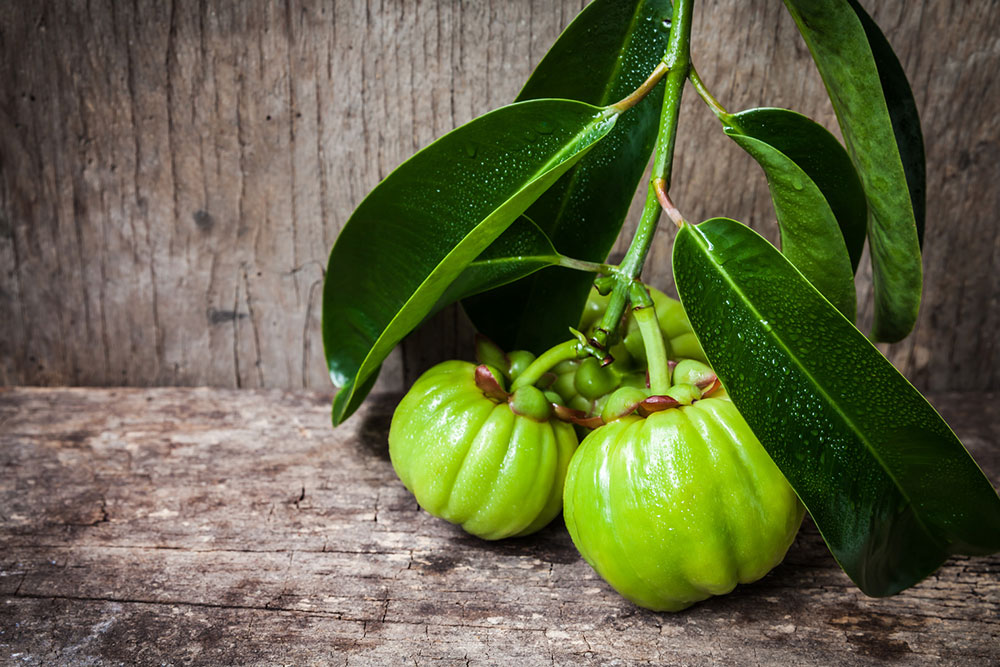An Essential Guide to Garcinia Cambogia and Its Benefits
Garcinia cambogia is a tropical fruit used globally for weight management and culinary purposes. Known for its tart flavor and traditional medicinal uses, it offers benefits like appetite suppression and enhanced metabolism. However, potential side effects such as liver toxicity and gastrointestinal issues necessitate cautious use. The fruit is mainly cultivated in Southeast Asia and coastal regions and is available in dried rind form for supplements or cooking. Responsible consumption and proper research are essential to safely incorporate Garcinia cambogia into health routines.
Sponsored

The Complete Overview of Garcinia Cambogia
Garcinia cambogia is a tropical fruit resembling a small pumpkin, with colors ranging from light green to yellow. Also called Malabar Tamarind or Brindle berry, this fruit is popular worldwide for its weight management properties. Extracts from its rind are widely used in diet supplements, though traditional use spans many cultures. Despite its benefits, there are reports of side effects like liver toxicity, emphasizing the need for caution in consumption.
Garcinia cambogia mainly grows in Southeast Asia—including Indonesia, Cambodia, and Thailand—and in coastal regions of Karnataka and Kerala in India. The ripe fruits are yellowish, while unripe ones are green. Additionally, Central African forests also cultivate this fruit. It thrives in humid climates, as dry conditions hinder its growth. For commercial purposes, the dried rinds are soaked in salt solutions or dried with salt, preparing them for international trade and sale.
This dried rind is processed into dark brown or black products used both in weight management and culinary arts. Its tangy flavor makes it a favorite for enhancing dishes—often combined with tamarind for added zest. Whole dried fruits are sold in retail markets for further use. The fruit's flavor profile and medicinal properties have made it a staple in traditional diets and modern supplements alike.
Uses of Garcinia Cambogia
This versatile fruit is popular for weight loss and culinary enhancements. Its natural sourness adds flavor and pungency to various dishes. Traditional Ayurveda also attributes medicinal benefits to Garcinia cambogia, including digestive aid and metabolic support. Cultivated mainly in coastal regions, it’s renowned for helping control appetite and boosting digestion. Modern interest centers around its weight loss potential, especially among younger demographics. However, its commercial use is subject to debate due to potential health risks, despite its recognized benefits.
Potential Side Effects
While Garcinia cambogia offers benefits like appetite suppression, quickened metabolism, and vitamin C richness, adverse effects are also reported. Users may experience dizziness, dry mouth, and gastrointestinal issues such as diarrhea. The interaction with medications should be considered, and consulting a healthcare professional is recommended. Commercially processed products may contain preservatives and chemicals, increasing the risk of side effects. Therefore, thorough research is essential before incorporating Garcinia cambogia into health routines, as improper use could lead to unwanted fat deposits or other health concerns.
Overall, Garcinia cambogia is a nutrient-rich fruit with traditional medicinal roots. Its potential for aiding weight loss is well recognized, but caution is paramount due to possible side effects. Proper understanding and moderation are vital, especially considering variations in product quality and processing methods. Prior consultation with healthcare providers can help maximize benefits while minimizing risks associated with this promising tropical fruit.






